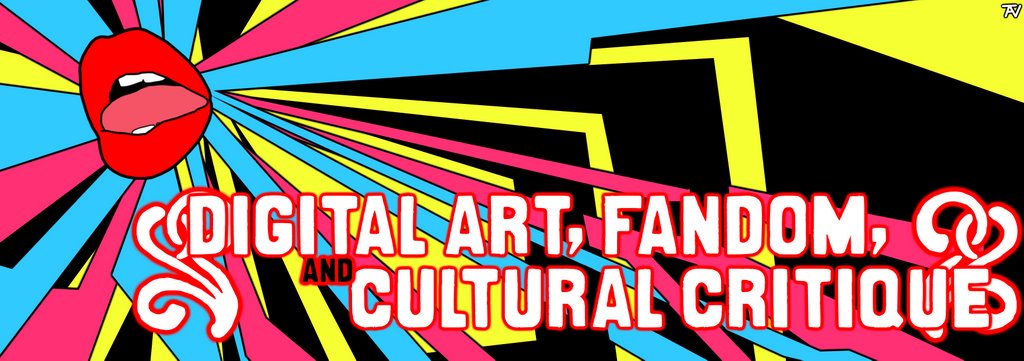
Books
Blais, J. and Ippolito, J. (2006), At the Edge of Art. London: Thames and Hudson.
Cameron, F. and Kenderline, S. (2007), Theorizing Digital Cultural Heritage: A Critical Discourse. Cambridge: MIT Press.
Flew, T. (2005), New Media: An Introduction. Oxford: Oxford University Press.
Graham, B. (2007), ‘Redefining Digital Art: Disrupting Borders’, F. Cameron and S Kenderdine, Theorizing Digital Cultural Heritage. Cambridge: MIT Press.
Cameron, F. and Kenderline, S. (2007), Theorizing Digital Cultural Heritage: A Critical Discourse. Cambridge: MIT Press.
Flew, T. (2005), New Media: An Introduction. Oxford: Oxford University Press.
Graham, B. (2007), ‘Redefining Digital Art: Disrupting Borders’, F. Cameron and S Kenderdine, Theorizing Digital Cultural Heritage. Cambridge: MIT Press.
Goldstein, P. (1994) Copyright’s Highway: The law and Lore of Copyright from Gutenberg to the Celestial Jukebox. New York: Hill and Wang.
Hart, A. (1991), Understanding the Media: A Practical Guide. New York: Routledge.
Hartley, J. (1996), Popular Reality: Journalism, Modernity, Popular Culture. New York: Arnold; St. Martin’s Press)
Litman, J (2001), Digital Copyright: Protecting Intellectual Property on the Internet. Amherst: Prometheus Books.
Hart, A. (1991), Understanding the Media: A Practical Guide. New York: Routledge.
Hartley, J. (1996), Popular Reality: Journalism, Modernity, Popular Culture. New York: Arnold; St. Martin’s Press)
Litman, J (2001), Digital Copyright: Protecting Intellectual Property on the Internet. Amherst: Prometheus Books.
Journals
Binkley, T. (1997), ‘The Vitality of Digital Creation', The Journal of Aesthetics and Art Criticism 55(2): 107.
<http://links.jstor.org/sici?sici=0021-8529%28199721%2955%3A2%3C107%3ATVODC%3E2.0.CO%3B2-V >
Bell
Corcoran, M. ‘Digital Transformations of Time: The Aesthetics of the Internet’, Leonardo, 29(5): 375.
<http://links.jstor.org/sici?sici=0024-094X%281996%2929%3A5%3C375%3ADTOTTA%3E2.0.CO%3B2-V>
Dahlberg, L. (2001), ‘Democracy via cyberspace’, New Media and Society 3(2): 157.
Jenkins, H. (1992), ‘‘Strangers No More, We Sing’: Filking and the Social Construction of the Science Fiction Fan Community’ in Lisa Lewis (ed), The Adoring Audience: Fan culture and popular media. New York: Routledge.
Kinsella, S. (1998), ‘Japanese Subculture in the 1990s: Otaku and the Amateur Manga Movement’, Journal of Japanese Studies 24(2): 289.
<http://links.jstor.org/sici?sici=0095-6848%28199822%2924%3A2%3C289%3AJSIT1O%3E2.0.CO%3B2-6>
Ku, R. (2002), ‘The Creative Destruction of Copyright: Napster and the New Economies of Digital Technology’, The University of Chicago Law Review 69(1)
<http://links.jstor.org/sici?sici=0041-9494%28200224%2969%3A1%3C263%3ATCDOCN%3E2.0.CO%3B2-Q>
Marchese S. and Marchese F. (1995), ‘Digital Media and Ephermeralness: Art, Artist, and Viewer’, Leonardo 28(5):443.
<http://links.jstor.org/sici?sici=0024-094X%281995%2928%3A5%3C433%3ADMAEAA%3E2.0.CO%3B2-%23>
McLean, A. (1998), ‘Media Effects: Marshall McLuhan, Television Culture, and “The X-Files”’, Film Quarterly 51(4): 2.
<http://links.jstor.org/sici?sici=0015-1386%28199822%2951%3A4%3C2%3AMEMMTC%3E2.0.CO%3B2-2>
McQuire, S. (2001), ‘When is Art IT?’ in H. Brown, G. Lovink, H. Merrick, N. Rossiter, D. The, and M. Wilson (eds), Fibreculture Reader: Politics of a Digital Present, Melbourne: Fibreculture Publications.
Porett, T. (1994, ‘Cyberart Considerations’, Art Journal 53(3): 32
<http://links.jstor.org/sici?sici=0004-3249%28199423%2953%3A3%3C32%3ACC%3E2.0.CO%3B2-Y>
Search, P. (1999), ‘Electronic Art and the Law: Intellectual Property Rights in Cyberspace’, Leonardo, 32(3): 191.
<http://links.jstor.org/sici?sici=0024-094X%281999%2932%3A3%3C191%3AEAATLI%3E2.0.CO%3B2-8>
Southard, B. (1982), ‘The Language of Science-Fiction Fan Magazines’, American Speech 57(1): 19.
<http://links.jstor.org/sici?sici=0003-1283%28198221%2957%3A1%3C19%3ATLOSFM%3E2.0.CO%3B2-3>
‘Visual Artists’ Rights in a Digital Age’, (1994) 107 Harvard Law Review 8: 1977.
<http://links.jstor.org/sici?sici=0017-811X%28199406%29107%3A8%3C1977%3AVARIAD%3E2.0.CO%3B2-3>
Online Sources
DeviantArt (2007), consulted 29 May.
<http://www.deviantart.com>
NarutoFan (2007), consulted 29 May.
Legislation
Copyright Act 1968 (Cth)


No comments:
Post a Comment